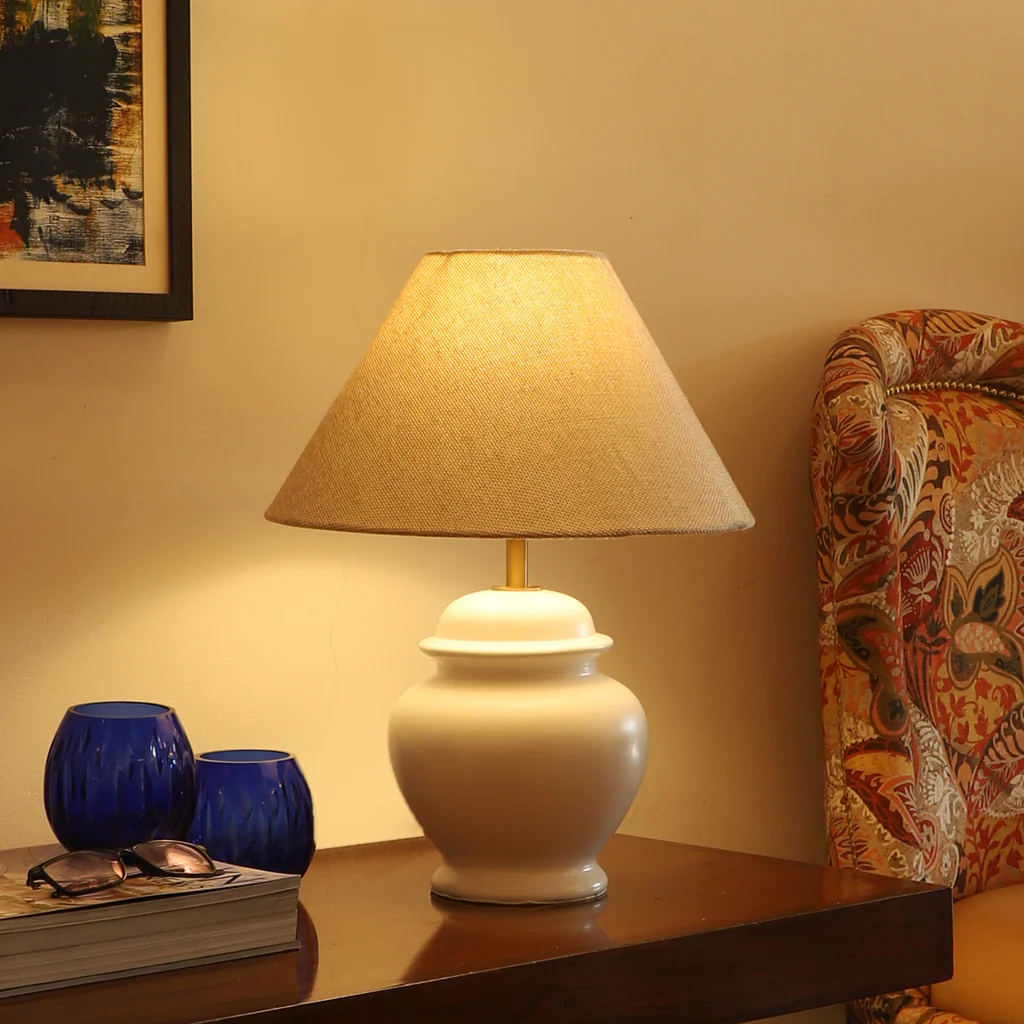In today’s fast-paced world, quality sleep has become an elusive treasure for many individuals. With the increasing prevalence of digital devices and artificial lighting, our natural sleep-wake cycle, or circadian rhythm, can be easily disrupted. A growing body of research suggests that even seemingly innocuous elements of our environment, such as table lamps, can significantly impact our sleep quality. This article delves into the relationship between table lamps and sleep quality, exploring the science behind them and providing practical tips for creating a sleep-friendly environment.
The Science of Sleep and Circadian Rhythm
Before delving into the impact of table lamps on sleep, it’s crucial to understand the science behind sleep and circadian rhythm. Our bodies are naturally attuned to a 24-hour internal clock that regulates our sleep-wake cycle. This clock is influenced by external cues, primarily light exposure. Light, especially natural sunlight, plays a pivotal role in regulating our circadian rhythm. It helps synchronize our internal clock with the external world, ensuring that we are alert during the day and sleepy at night.
The Role of Table Lamps
Table lamps, commonly used for ambient lighting, have become a staple in modern interior design. While they provide a cozy and aesthetic atmosphere, their impact on sleep quality is often overlooked. The type of light emitted by table lamps, particularly the color temperature, and intensity, can influence our sleep patterns.
- Color Temperature: Table lamps typically emit either warm (yellow-toned) or cool (blue-toned) light. Warm light mimics the soothing hues of sunset and can promote relaxation in the evening. On the other hand, cool light, reminiscent of daylight, can inhibit the production of melatonin, a hormone crucial for sleep initiation. To ensure optimal sleep, it’s advisable to use warm-toned bulbs during the evening hours to signal to your body that it’s time to wind down.
- Intensity: The intensity of light is measured in lux. Bright, intense light in the evening can suppress melatonin production, disrupting your circadian rhythm and making it harder to fall asleep. Dimming your mushroom lamp in the evening hours can help signal to your body that it’s time to prepare for sleep. Consider using a lamp with adjustable brightness settings to create a sleep-friendly environment.
Practical Tips for Optimal Sleep
- Choose the Right Bulbs: Opt for bulbs with lower color temperatures (around 2700K) for your table lamps in the evening. These emit warmer light that is less likely to interfere with melatonin production.
- Dimming Capability: Invest in a table lamp with dimming features, allowing you to adjust the light intensity according to the time of day. Dimming the lights as you approach bedtime can prepare your body for sleep.
- Bedside Placement: Consider the placement of your table lamp. Position it in a way that the light is not directly shining on your face or body while you’re in bed. This helps minimize unwanted light exposure during sleep.
- Screen Time: Reduce exposure to electronic devices with blue light emissions, such as smartphones and tablets, at least an hour before bedtime. Consider using “night mode” settings to minimize blue light exposure.
- Evening Routine: Establish a calming bedtime routine that includes activities such as reading a physical book under a warm-toned table lamp, practicing relaxation exercises, or taking a warm bath. These activities can signal to your body that it’s time to wind down.
In the quest for better sleep, every detail matters, including the lighting choices we make. Table lamps, while often appreciated for their aesthetic appeal, can significantly impact sleep quality through their color temperature and intensity. By understanding the science behind sleep and circadian rhythm, and implementing practical tips for optimizing your sleep environment, you can harness the power of table lamps to promote restful and rejuvenating sleep. Remember, it’s not just about the amount of sleep you get, but the quality of sleep that truly matters for your overall well-being.

